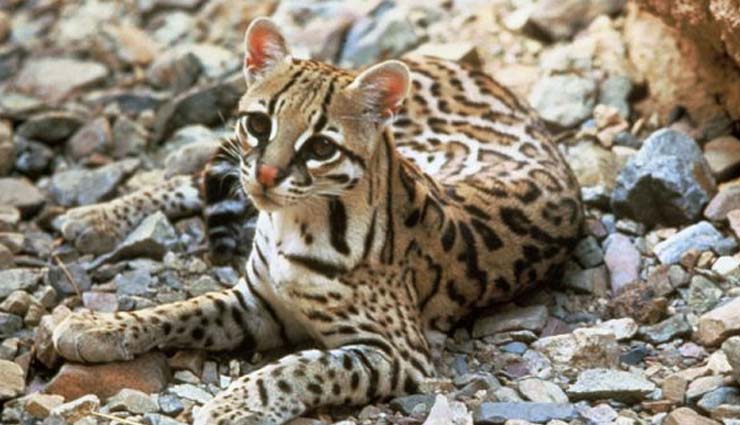5 Animals You Must Spot In Mexico
By: Priyanka Maheshwari Thu, 16 Jan 2020 10:40:58

From the harsh deserts of Northern Mexico to the rocky inclines of its many mountain ranges and the humid jungle of the south, Mexico has a climate that was made for housing all kinds of varied species.
* Spider monkey
The spider monkey (Ateles geoffroyi) is an adorable little creature with large eyes and gangly limbs. It’s native to the regions of Mexico that boast tropical rainforests and woodland. You’re quite likely to catch a glimpse of these adorable animals in the southern stretches of Mexico and, as they tend to hang out in groups, they’re fairly easy to spot!

* Axolotl
This creature is very strange-looking, and in critical danger of extinction. In fact, the species is practically the poster child for Mexican wildlife preservation. Typically found inhabiting the rivers and lakes of Central Mexico (although now it’s pretty much only found in Xochimilco), the name axolotl (Ambystoma mexicanum) has its roots in Nahuatl.
* Cacomistle
The cacomistle (Bassariscus sumichrasti), sometimes written cacomiztle or cacomixtle, is a native Mexican mammal that is similar in appearance to a monkey crossed with a cat and a raccoon. Yes, really! These furry little fiends owe their name to the Aztec language Nahuatl and are most frequently spotted in the southeastern jungles. They’re nocturnal and love to hang out in trees, jumping from branch to branch with ease.

* Mexican prairie dog
Back to mammals with the Mexican prairie dog (Cynomys mexicanus), which is neither a dog nor an inhabitant of the prairies. Typically found in small clusters in northern states, the Mexican prairie dog is actually far closer related to the groundhog than it is to any kind of dog. Plus, they live in warrens, not kennels. While it’s been treated as a pest in the past, it’s actually key to the ecosystems where it lives and is currently endangered.
* Ocelot
Mainly active at night, the ocelot (Leopardus pardalis) is a slinky and elusive big cat that loves to sleep in trees during the day. Often the ocelot is confused at first for a tiny jaguar, given that they have many similar features. These animals are found across South America and in some Caribbean islands.





